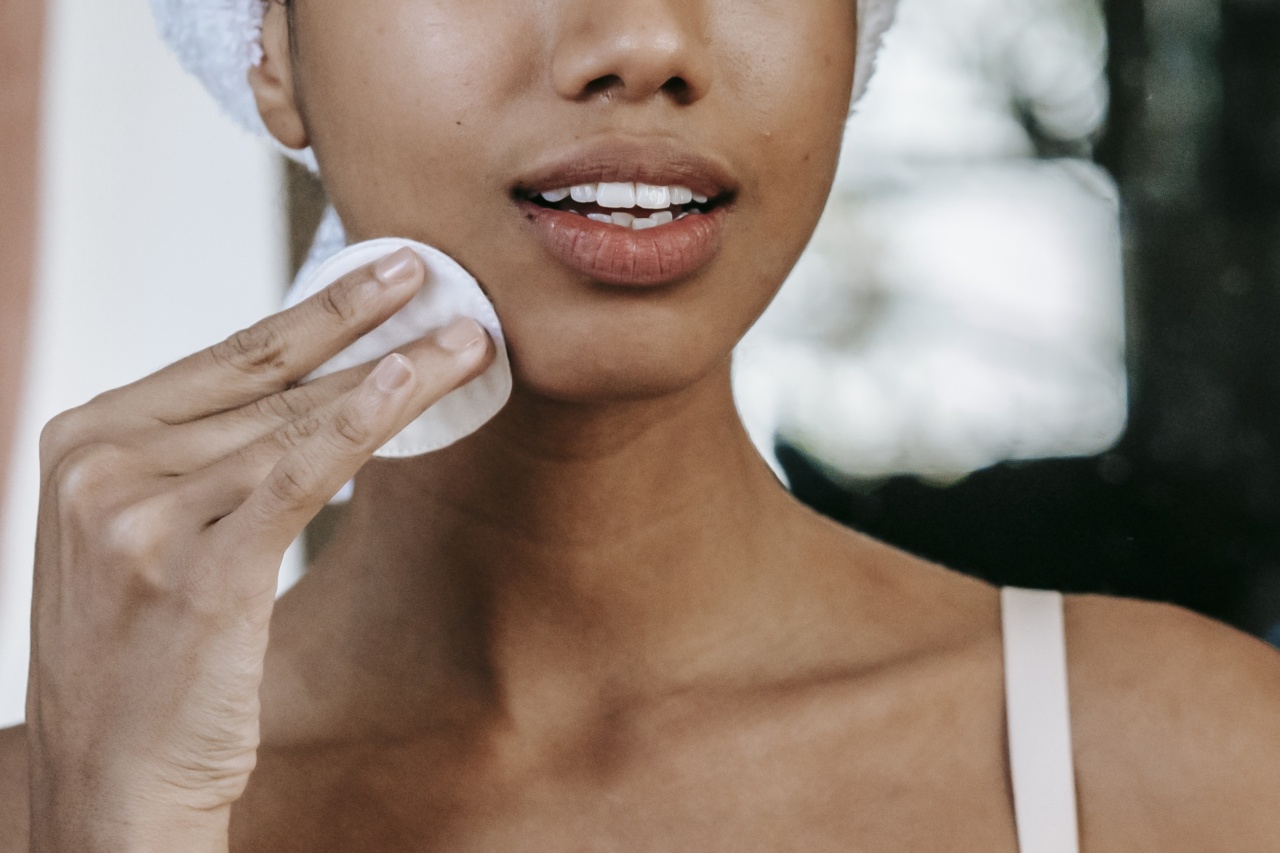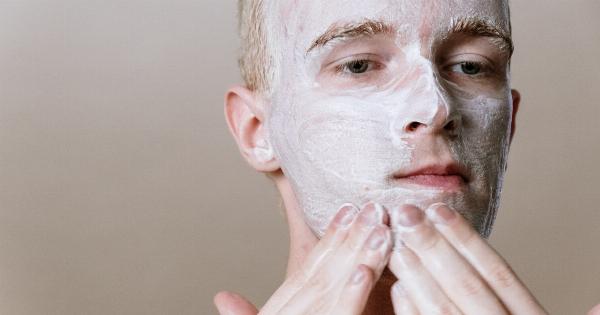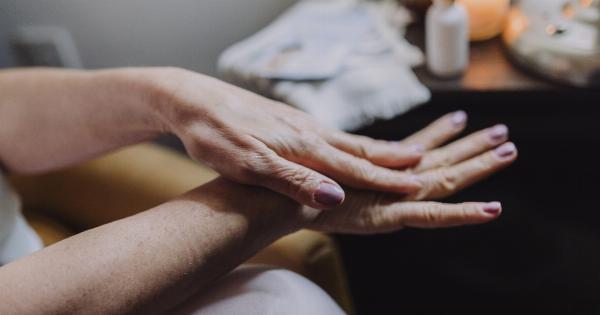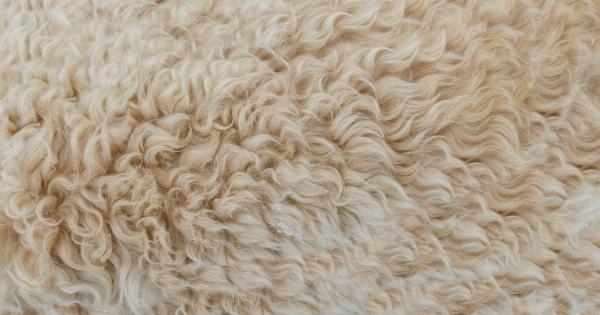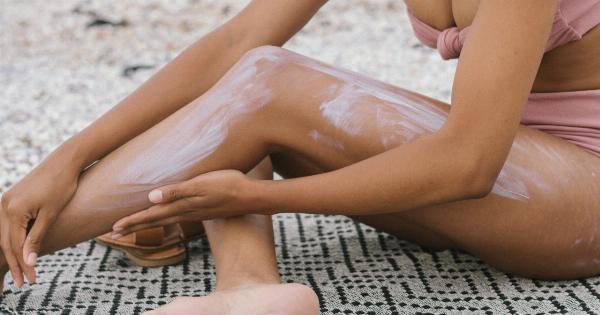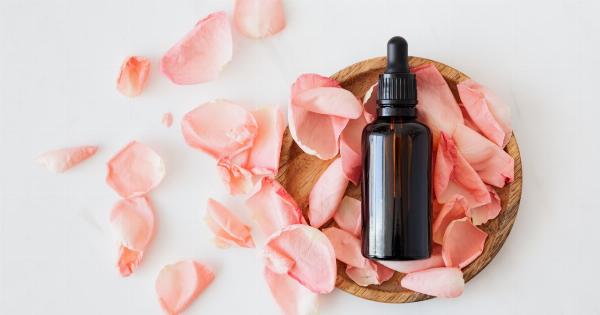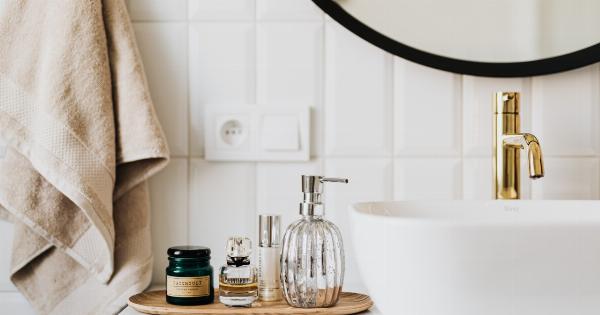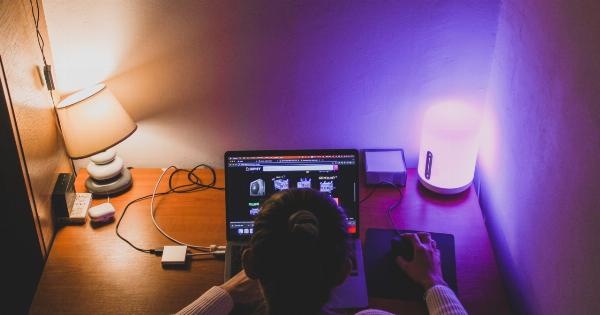Having a skincare routine that caters to your skin type is essential for maintaining healthy and radiant skin. When it comes to facial cleansing, it’s crucial to choose products and techniques that are tailored to your specific skin needs.
In this article, we will delve into customizing your facial cleaning routine according to different skin types, including dry, oily, combination, sensitive, and acne-prone skin. With the right approach, you can achieve a clean and glowing complexion.
Dry Skin
If you have dry skin, it’s important to choose gentle and hydrating cleansers that don’t strip away natural oils. Look for cleansers with ingredients like hyaluronic acid, glycerin, and ceramides, which help to retain moisture.
Avoid cleansers with harsh ingredients such as alcohol or fragrances, as these can further dehydrate your skin.
Oily Skin
For oily skin, it’s crucial to use cleansers that effectively remove excess oil and unclog pores. Look for foaming or gel-based cleansers that contain salicylic acid, benzoyl peroxide, or tea tree oil.
These ingredients help to control oil production and prevent breakouts. However, be cautious not to over-cleanse, as this can lead to the skin producing even more oil.
Combination Skin
Combination skin requires a balancing act to effectively cleanse both oily and dry areas. Look for lightweight, non-comedogenic cleansers that won’t clog pores.
Foaming cleansers work well for combination skin, as they effectively remove oil without stripping away moisture. Consider using a gentle exfoliator a few times a week to slough off dead skin cells and prevent clogged pores.
Sensitive Skin
If you have sensitive skin, it’s essential to choose gentle cleansers that won’t cause irritation or redness. Look for fragrance-free, hypoallergenic cleansers with soothing ingredients like chamomile or aloe vera.
Avoid cleansers that contain sulfates, alcohol, or artificial dyes. Opt for lukewarm water instead of hot water to cleanse your face, as hot water can exacerbate sensitivity.
Acne-Prone Skin
Acne-prone skin requires careful cleansing to remove excess oil, unclog pores, and prevent breakouts. Look for gentle cleansers that contain acne-fighting ingredients like salicylic acid or benzoyl peroxide.
However, be mindful of potential drying effects, and use these cleansers in moderation. Avoid scrubbing or using harsh cleansing brushes, as they can aggravate acne.
Double Cleansing
Regardless of your skin type, incorporating a double cleansing method into your routine can provide a deeper clean. Start with an oil-based cleanser to remove makeup, sunscreen, and excess oil.
Follow up with a water-based cleanser that is specific to your skin type for a thorough cleanse. Double cleansing helps to ensure that your skin is free from impurities, leaving it fresh and ready for further skincare steps.
Frequency of Cleansing
The frequency of facial cleansing depends on your skin type and lifestyle factors. Generally, it is recommended to cleanse your face twice a day, once in the morning and once before bed.
However, some individuals with dry or sensitive skin may find that cleansing just once a day is sufficient to avoid over-drying. On the other hand, those with oily or acne-prone skin may benefit from additional cleansing, especially after sweaty activities or wearing heavy makeup.
Additional Tips for an Effective Facial Cleaning Routine
1. Use lukewarm water: Hot water can strip away natural oils and disrupt the skin’s moisture barrier. Stick to lukewarm water when cleansing your face.
2. Pat dry gently: After cleansing, avoid harshly rubbing your face with a towel. Instead, pat your skin dry gently to avoid irritation.
3. Avoid over-exfoliating: Exfoliation is beneficial for removing dead skin cells, but overdoing it can lead to skin irritation. Limit exfoliation to 2-3 times per week, and choose gentle exfoliators.
4. Don’t forget about sunscreen: After cleansing, always apply a broad-spectrum sunscreen with an SPF of 30 or higher to protect your skin from harmful UV rays.
5. Moisturize properly: Follow up your cleansing routine with a moisturizer that suits your skin type. This step helps to replenish moisture and maintain a healthy skin barrier.
6. Seek professional advice: If you’re unsure about your skin type or struggling with specific skincare concerns, consult a dermatologist for personalized recommendations.
